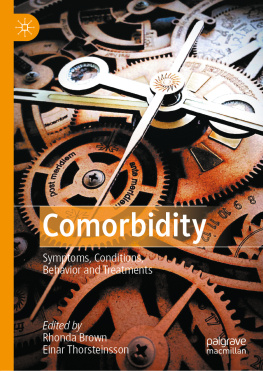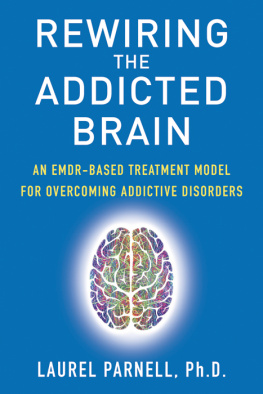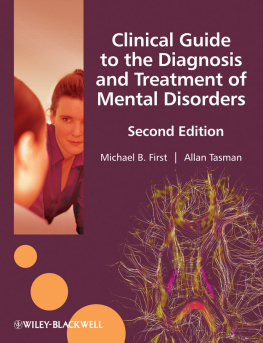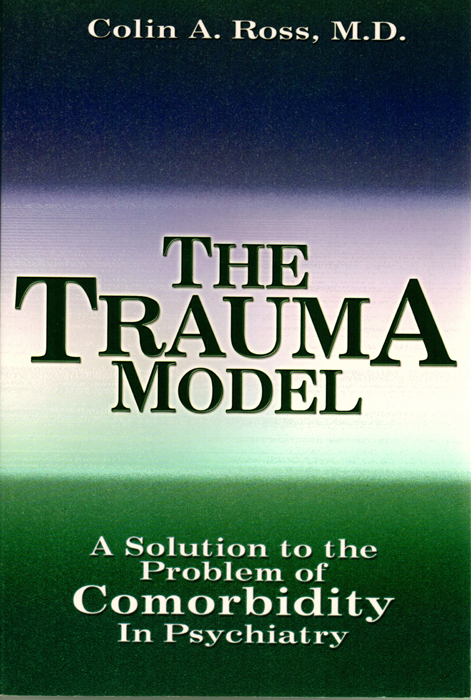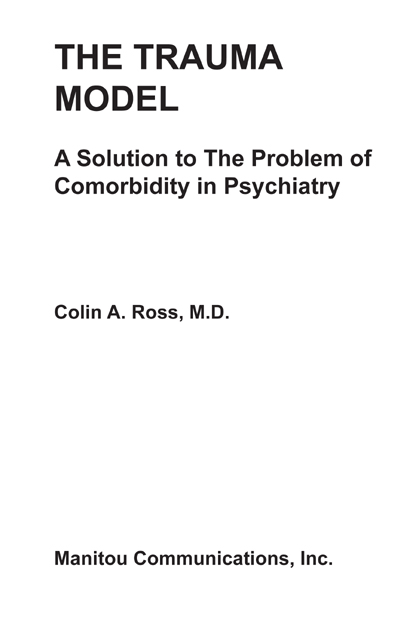Copyright 2007 Manitou Communications, Inc.
1701 Gateway, Suite 349
Richardson, TX 75080
Phone: 1-800-572-9588, FAX: 972-918-9069
Original Edition published in 2000. The text of this 2007 edition is unchanged from the first edition, except that an index has been added.
Ross, Colin A.
1. Psychological Trauma 2. Psychiatry 3. Ross, Colin A.
Also By The Author
Northern Studies (1975)
Portrait Of Norman Wells (1979)
Adenocarcinoma And Other Poems (1984)
The Osiris Complex: Case Studies In Multiple Personality Disorder (1994)
Satanic Ritual Abuse: Principles Of Treatment (1995)
Pseudoscience In Biological Psychiatry (1995)
Dissociative Identity Disorder: Diagnosis, Clinical Features, And Treatment Of Multiple Personality, Second Edition (1997)
Schizophrenia: Innovations In Diagnosis and Treatment (2004)
Songs For Two Children: On Dissociation And Human Energy Fields (2004)
Spirit Power Drawings: The Foundation Of a New Science (2004)
The C.I.A. Doctors: Human Rights Violations By American Psychiatrists (2006)
[Originally published as BLUEBIRD (2000)]
TABLE OF CONTENTS
ACKNOWLEDGMENTS
The Trauma Model is the outcome of twenty-one years of work in medicine and psychiatry. During this period, from 1979 to 2000, I have studied my patients very carefully. They taught me the principles of the trauma model.
Tere Kole worked tirelessly on preparation of the manuscript and the mechanics of publication. Melissa Caldwell listened to me think out loud on countless flights to workshops and our Trauma Programs, and provided cogent feedback and ideas of her own, especially the principle that, in trauma therapy, everything boils down to avoidance. Joan Ellason did a lot of work gathering and analyzing data, and writing papers. Thank you, Tere, Joan and Melissa.
INTRODUCTION
Twenty-one years ago, in 1979, I did my clinical rotation in psychiatry as a medical student at the University of Alberta, in Edmonton, Canada. I noticed then that psychiatric inpatients tended to have many different diagnoses. They would be admitted and treated for depression on one occasion, and for a psychotic disorder another time, and often would have numerous admissions. The current diagnosis was always the correct one, but at some point in the future it would become a past incorrect diagnosis. I was most troubled when I saw the diagnosis change several times in a single admission. Not uncommonly, the diagnosis was changed in order to provide a rationale for prescribing a new medication.
Some psychiatrists were simply sloppy diagnosticians and irrational polypharmacists. Others were careful, conscientious and reasonable. The problem was that the patients did not fit the conceptual system of late twentieth century psychiatry. Even when the conceptual system was applied consistently, it did not work. The patients were too polymorphous, variable, complicated and, often, uncooperative. I was taught that sometimes this was because the patient was borderline. Borderlines, I was taught, display pan-anxiety, pan-sexuality, and polymorphous perversity. Those terms conveyed to me the frustration generated by the conceptual system.
Even if the borderline patients were set aside, the problem persisted. On the inpatient wards, the norm was extensive comorbidity. I have been thinking about this problem for twenty-one years, and have devised a solution for it, which I call the trauma model. The purpose of this book is to define the problem of comorbidity, and then to describe its solution through the trauma model. The trauma model is a comprehensive, testable scientific theory of mental illness.
The polydiagnostic patient with extensive comorbidity is the major recipient of inpatient psychiatric treatment. In managed care terms, this is the high-cost, high-utilization, high-recidivism patient. There is no scientific model in psychiatry which accounts for this patient, even though he or she is the major consumer of psychiatric services. The dominant model in contemporary psychiatry is the single gene-single disease model. Insurance policies which have expanded their coverage for serious mental illness include disorders assumed to be distinct genetic biomedical brain diseases within contemporary psychiatry; schizophrenia, unipolar and bipolar depression, obsessive-compulsive disorder, and substance abuse.
Yet, the patients requiring expensive psychiatric care, for the most part, do not fit the single gene-single disease model. They meet DSM-IV-TR (American Psychiatric Association, 2000) criteria for many different disorders and are often given many different clinical diagnoses over time. The separate diseases model simply cannot account for the clinical data. The problem of comorbidity, from a financial perspective, is the core clinical problem in psychiatry. The solution for the problem of comorbidity adopted by psychiatry over the next ten years will set the tone for research, theory, clinical practice and health care coverage in the twenty-first century. In this book, I propose the trauma model as a scientifically testable solution to the problem of comorbidity.
In the first section of the book, the clinical origins and a formal scientific statement of the problem of comorbidity are presented. In the second section, key assumptions of the model are outlined in detail. The third section begins with a description of some general principles of the model, then takes up each of the major sections of DSM-IV-TR. In each of these chapters I describe the specific research predictions arising from the trauma model. These are divided into subsections on phenomenology, natural history, epidemiology, twin and adoption studies, biology, treatment outcome, and revisions to DSM-IV-TR.
In the fourth section of the book, trauma therapy is described. The basic principles and techniques in the psychotherapy of the extensively comorbid patient are outlined. These tend to be cognitive-behavioral in form. As in the rest of the book, the therapy is grounded in relevant bodies of science wherever possible. The testability of the therapy is dealt with in the separate chapters of the previous section.
In the final chapter, the trauma model is discussed from the perspective of the structure of scientific revolutions (Kuhn, 1962). Adoption of the trauma model by mainstream psychiatry would represent a major paradigm shift. At present, the trauma model is marginalized and has no impact on the majority of research, clinical practice and theory in psychiatry. This fact presents an interesting opportunity for anyone interested in scientific paradigm shifts. Major paradigm shifts do not occur every decade in a given field, or even every century. Here we have one in progress. Or, alternatively, one that will fail. Either way, the fate of the trauma model will provide interesting lessons about the balance of science and politics in psychiatry.






